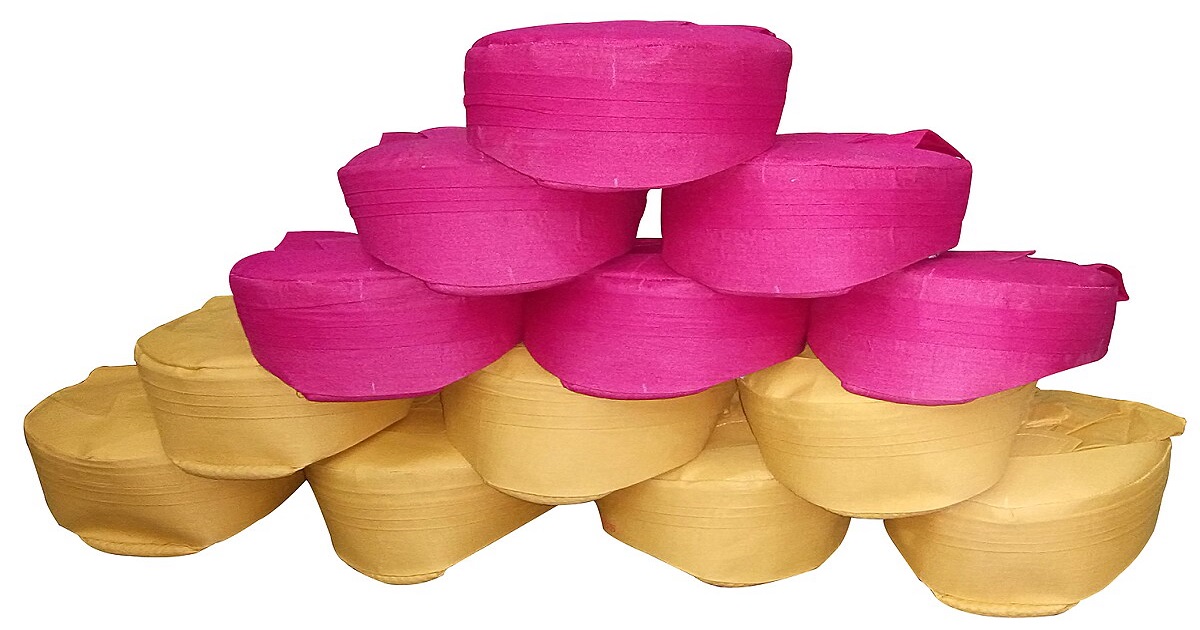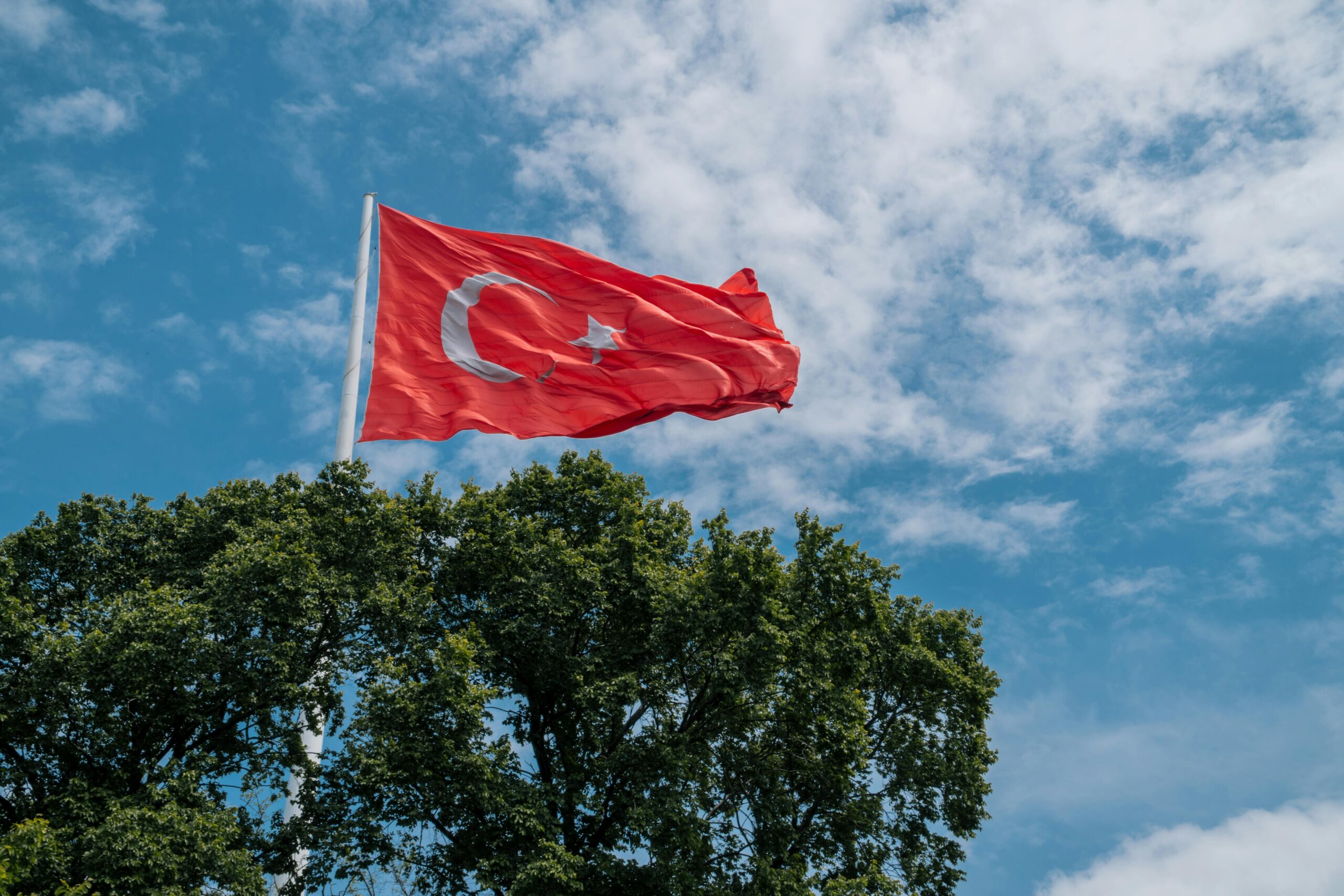Introduction
In the diverse tapestry of cultural symbols, the Paag stands out as a vibrant emblem of tradition and identity. This traditional headgear, worn by various communities, holds profound significance and reflects a rich cultural heritage. But what exactly is a Paag, and why is it so important? Let’s dive into its historical roots, cultural importance, and modern-day relevance.
Historical Background of Paag
The Paag, often referred to as a turban in some cultures, has a deep-rooted history that dates back centuries. Originating in ancient India, it was initially worn as a practical item to protect against the harsh sun. Over time, it evolved into a symbol of honor, respect, and social status. The design and significance of the Paag have seen numerous transformations, reflecting the dynamic nature of cultural traditions.
Significance of Paag in Various Cultures
Paag in Indian Culture
In India, the Paag is much more than a mere headgear. It’s a cultural icon deeply woven into the social and religious fabric. Different regions have distinct styles of Paag, each with its unique name and significance. For instance, in Rajasthan, the colorful and elaborate turbans are a testament to the wearer’s status and community.
Paag in Other Cultures
While the Paag is predominantly associated with Indian culture, its variants can be seen in other parts of the world too. In the Middle East, Africa, and some parts of Asia, similar headgear is worn, each with its cultural connotations and historical backgrounds.
Types of Paag
Traditional Paag
Traditional Paags are crafted meticulously, often by skilled artisans who have honed their craft over generations. These are usually made from high-quality fabrics and are richly adorned with intricate patterns and symbols.
Modern Adaptations
In contemporary times, the Paag has seen various adaptations. Modern designs often blend traditional elements with current fashion trends, making them popular among younger generations who wish to stay connected to their heritage while embracing modernity.
Materials Used in Making Paag
Traditional Materials
Historically, Paags were made from natural fabrics like cotton, silk, and muslin. These materials were chosen for their durability and comfort, especially in the hot and arid climates where Paags were commonly worn.
Contemporary Choices
Today, synthetic fabrics are also used, offering a range of textures and colors that cater to diverse tastes. Despite these modern materials, many still prefer traditional fabrics for their authenticity and cultural value.
Symbolism and Meaning
Colors and Designs
The colors and designs of a Paag are not merely decorative; they hold significant meaning. For example, a saffron Paag often symbolizes courage and sacrifice, while a white Paag represents peace and purity.
Regional Variations
Different regions have their unique styles and meanings attached to the Paag. In Punjab, the turban is an integral part of Sikh identity, while in Rajasthan, the style and color of the turban can denote the wearer’s social status and community.
Occasions for Wearing Paag
Ceremonial Uses
Paags are worn on various ceremonial occasions such as weddings, religious festivals, and other significant events. They are often elaborate and richly decorated, befitting the importance of the occasion.
Daily Wear
In some communities, the Paag is a part of daily attire, symbolizing constant adherence to cultural values and identity.
How to Wear a Paag
Step-by-Step Guide
Wearing a Paag can be a detailed process, often requiring practice and skill. Here’s a basic guide:
- Start with a long piece of cloth, usually several meters in length.
- Fold it neatly to form a broad band.
- Begin wrapping from one side of the head, ensuring it is snug.
- Continue wrapping around the head, layering neatly until the cloth is used up.
- Tuck the end securely to keep the Paag in place.
Tips for Proper Styling
- Ensure the cloth is clean and well-ironed for a neat appearance.
- Practice regularly to achieve the perfect fit and style.
- Use pins if necessary to keep the Paag in place.
Cultural Impact of Paag
Paag in Literature and Arts
The Paag has a prominent place in literature and the arts, symbolizing various themes from honor to rebellion. It has been depicted in countless works, highlighting its importance in cultural narratives.
Influence on Fashion
In modern fashion, the Paag has inspired numerous designers who incorporate its elements into their creations, blending tradition with contemporary style.
Paag as a Symbol of Identity
Personal Significance
For many, the Paag is a personal symbol of pride and identity. It represents a connection to their roots and an expression of their cultural heritage.
Community and Social Identity
Within communities, the Paag serves as a marker of social identity, often indicating one’s cultural background, social status, and community affiliation.
Modern Day Paag
Revival and Popularity
There has been a revival of traditional Paags in recent years, with many young people embracing this cultural symbol. Fashion shows, cultural events, and social media have played a significant role in this resurgence.
Role in Contemporary Fashion
Today, the Paag is not just a cultural artifact but a fashion statement. It has been incorporated into contemporary fashion, appealing to both traditionalists and modernists alike.
Challenges in Preserving Paag Tradition
Threats to Cultural Heritage
Despite its cultural significance, the tradition of wearing Paags faces challenges such as globalization and changing fashion trends, which threaten to dilute this rich heritage.
Efforts to Preserve and Promote
Various organizations and cultural groups are working tirelessly to preserve and promote the Paag tradition. This includes workshops, exhibitions, and educational programs aimed at raising awareness.
Paag in the Digital Age
Social Media and Awareness
Social media platforms have become powerful tools in spreading awareness about the Paag. Influencers and cultural enthusiasts share tutorials, stories, and historical facts, reaching a global audience.
Online Platforms for Cultural Exchange
Online platforms facilitate cultural exchange, allowing people to learn about and appreciate the Paag and its significance in different cultures.
Personal Stories and Testimonials
Individual Experiences
Many individuals share their personal stories about wearing a Paag, highlighting its impact on their lives. These testimonials often underscore the Paag’s role in fostering a sense of pride and identity.
Impact on Personal Lives
For some, wearing a Paag has profound personal implications, influencing their self-esteem and social interactions. It often serves as a constant reminder of their cultural heritage and personal values.
Conclusion
The Paag is much more than a piece of clothing; it is a symbol of cultural heritage, identity, and pride. Its rich history and deep significance make it a treasured tradition worth preserving and promoting. As we navigate the complexities of modern life, the Paag remains a steadfast reminder of our roots and the importance of cultural continuity.



